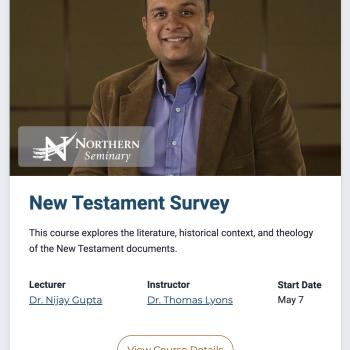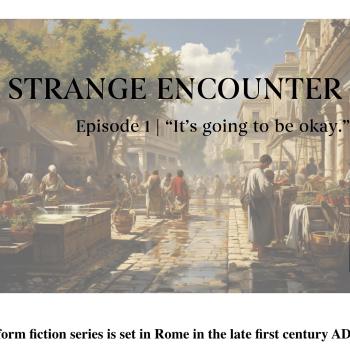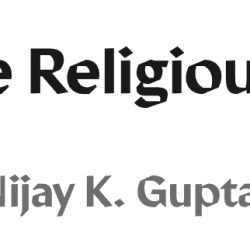 Today two books landed on my desk. The first is from Baker – Opening Paul’s Letters: A Reader’s Guide to Genre and Interpretation (Patrick Gray). Now this is a short work (< 200 pages) and meant to be very introductory, but I am currently reading two other books that would challenge Gray’s approach in different ways. Firstly, I am about half way through Ben Witherington’s new commentary on Philippians and he is very insistent that epistolary-genre analysis (what Gray is focusing upon) is a dead end – rhetorical analysis is the key. We shall see how Gray would respond to this, if he dips into this debate. On the other side, Joel Green feels that the genre-based approach that splits the exegetical task into “what it meant” (in that context) and “what it means today” (in our time) is too artificial a division. My guess is Joel would not like what Gray is doing, though I am generally more inclined to support Gray’s approach as a heuristic model of interpretation. Now I have not read Gray’s book yet, so we shall see where he goes with this exegetical guide. More to come!
Today two books landed on my desk. The first is from Baker – Opening Paul’s Letters: A Reader’s Guide to Genre and Interpretation (Patrick Gray). Now this is a short work (< 200 pages) and meant to be very introductory, but I am currently reading two other books that would challenge Gray’s approach in different ways. Firstly, I am about half way through Ben Witherington’s new commentary on Philippians and he is very insistent that epistolary-genre analysis (what Gray is focusing upon) is a dead end – rhetorical analysis is the key. We shall see how Gray would respond to this, if he dips into this debate. On the other side, Joel Green feels that the genre-based approach that splits the exegetical task into “what it meant” (in that context) and “what it means today” (in our time) is too artificial a division. My guess is Joel would not like what Gray is doing, though I am generally more inclined to support Gray’s approach as a heuristic model of interpretation. Now I have not read Gray’s book yet, so we shall see where he goes with this exegetical guide. More to come!
The second book, from Eerdmans, is S.E. Porter and Jason Robinson’s Hermeneutics: An Introduction to Interpretive Theory. This book covers the basic questions about the field of hermeneutics, but the focus is on the major influences in theological hermeneutics: Schleiermacher, Heidegger, Gadamer, Ricoeur, Habermas, and others. They also give serious attention to Daniel Patte, Derrida, Barth and Bultmann, and recent contributions by Thiselton, Vanhoozer, Culpepper, and Stephen Moore.
 Now I love books on exegetical method, but more philosophically-driven books on hermeneutics tend to make my head hurt. But I trust Porter and Robinson to be helpful guides, and I am convinced that if you are concerned with understanding what a text means, you must engage with serious hermeneutical questions about the search for textual meaning.
Now I love books on exegetical method, but more philosophically-driven books on hermeneutics tend to make my head hurt. But I trust Porter and Robinson to be helpful guides, and I am convinced that if you are concerned with understanding what a text means, you must engage with serious hermeneutical questions about the search for textual meaning.











